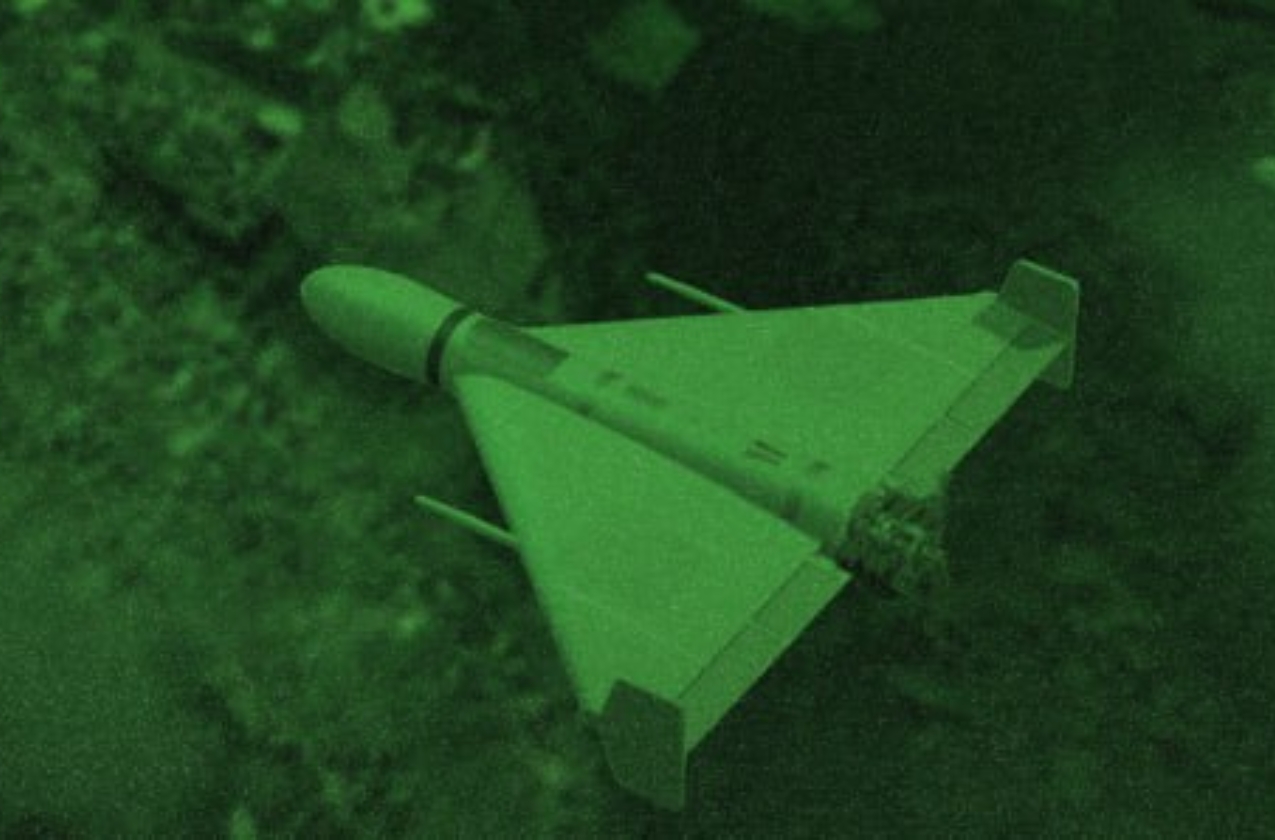Several sources in military structures have reported that Russian forces may have started using chemically treated Shahed 136 drones (Geran-2), applying toxic substances to the drones' bodies.
InformNapalm, citing military sources, notes that these substances could pose a threat to civilians or military personnel approaching the debris after the drones are shot down.
"At this time, we do not have further evidence to suggest that this is a widespread phenomenon. However, the recommendation to avoid touching the debris of shot-down drones without first analyzing them for chemical hazards seems quite logical. This is because Russia has long had institutions dedicated to the development of chemical warfare agents. Even Russian intelligence agencies operating abroad have been known to use them for particularly grotesque methods of eliminating opponents of Putin," wrote InformNapalm.
In Russia, there are scientific institutions involved in the development of chemical weapons, and the use of chemical agents for political and military purposes has been documented both within Russia and beyond its borders. Specifically, the Russian military has been systematically using various chemical compounds against the Ukrainian Defense Forces, despite this being in violation of the Chemical Weapons Convention.
However, it is also possible that this information is part of a psychological pressure campaign. The Russian military has frequently spread fake news about new weapon types or "secret weapons" to induce fear and panic among Ukrainians.
According to Sergiy 'Flash' Bezkrastnov, the Russians often launch drones without warheads to study how far the drones can travel and to counter Ukrainian EW (electronic warfare) systems.
Previously, Ukraine's Ministry of Internal Affairs urged citizens to exercise caution after Shahed drone attacks, as the enemy is equipping drones with explosive devices that are dispersed along the drone's flight path toward the main target. These explosive elements, which resemble cylinders, have a delayed detonation mechanism and may explode several hours after being dropped.





















